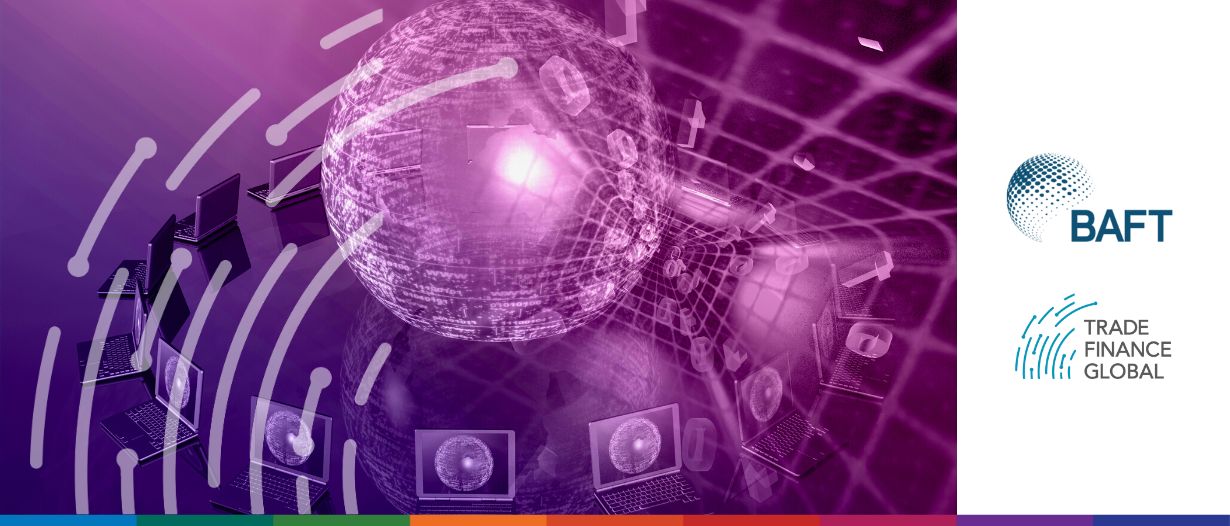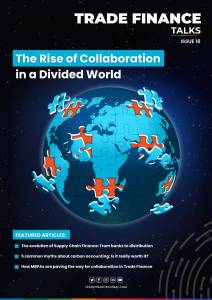In an era marked by technological advancement and rapid digitisation, the landscape of financial transactions has undergone a transformative shift. Traditional modes of payment, such as checks and physical currency, have given way to the convenience and efficiency of digital payments.
Automated Clearing House (ACH), wire transfers, and credit cards have become the cornerstones of modern commerce, enabling seamless transactions across borders and time zones. However, as these digital payment methods flourish, industry stakeholders are increasingly cognisant of the inherent risks that come hand-in-hand with this progress.
The digital advantage: Efficiency and accessibility
Digital payments have revolutionised the way businesses and consumers conduct transactions, offering unparalleled convenience and speed. ACH transfers allow for the automatic movement of funds between accounts, streamlining processes like payroll and bill payments.
Wire transfers expedite international transactions, eliminating the time-consuming intermediaries of traditional cross-border commerce. Credit cards, with their widespread acceptance and instant payment capabilities, have become the go-to choice for in-store and online purchases.
Beyond the convenience, these digital methods have democratised financial access. Small businesses can now compete on a global scale, reaching customers beyond their local markets. Consumers benefit from the flexibility to manage their finances, make purchases, and pay bills with a few clicks. However, these benefits come intertwined with potential risks that necessitate careful consideration.

Navigating the risks: Security and fraud
The rise of digital payments has also given rise to an array of cybersecurity challenges. With transactions occurring in the virtual realm, the potential for cyberattacks, data breaches, and fraud has grown exponentially.
While security breaches predominately occur with merchants connected to the network rather than the payment systems themselves, malicious actors are constantly seeking vulnerabilities in payment systems to gain unauthorised access to sensitive information, leading to financial loss and reputational damage for both businesses and consumers.
ACH transactions, while efficient, can be susceptible to account takeovers and unauthorised withdrawals. Wire transfers, particularly in international contexts, may be subject to fraudulent instructions that divert funds to the wrong destinations.
Credit card fraud remains a persistent concern, with cardholder information being compromised via retailer breaches. As these risks evolve, industry stakeholders must adopt comprehensive security measures to safeguard digital transactions.
The role of regulations and compliance
Recognising the critical need to address these challenges, regulatory bodies have implemented measures to protect digital payment ecosystems. The Payment Card Industry Data Security Standard (PCI DSS) provides robust requirements for safeguarding credit and debit card data, requiring encryption, regular security assessments, and compliance reporting.
A lack of PCI compliance by non-bank entities (major retailers, most prominently) has been the proximate cause of major data breaches, demonstrating that a secure ecosystem relies on compliance by all data handlers.
The EMVCo (Europay, Mastercard, and Visa Consortium)’s global card and mobile payment security standards are a major step forward in securing new payment types and have reduced payments fraud worldwide. The new EMV Secure Remote Commerce (SRC) standard is increasingly found online, where it’s called “Click to Pay” and leverages a combination of methods to secure card-not-present transactions.
The Bank Secrecy Act and Anti-Money Laundering regulations impose robust due diligence practices on financial institutions, mitigating the potential misuse of digital payment platforms for illicit activities.
Yet, achieving compliance is not a one-size-fits-all solution. Industry participants must tailor their security protocols to their specific operational landscapes. Robust authentication mechanisms, multi-factor identification, adoption of the latest standards from bodies like the PCI Council and EMVCo, and real-time transaction monitoring are among the strategies that can fortify digital payment platforms against threats.
Uneven regulations between banks and non-banking financial institutions across the global payments industry are a problem that needs to be addressed. The BAFT Global Payments Industry Council, comprised of senior bankers in global payments, is publishing a collaborative white paper titled “Uneven Regulations in Payments”, which is a model code for how to remedy the uneven payments landscape.
It addresses the uneven regulations’ four themes and their implications:
- Regulatory Oversight,
- Extension to Sponsorship – Indirect Scheme Participation,
- Consistency of KYC/CDD Requirements,
- Permissibility of Cross-Border Activity.
The overarching principle should be to avoid ambiguity or “silent” rules, which will then lead to different interpretations and difficult enforcement. The paper will be published later this year.

Collaboration and innovation as defenders
As the digital payment landscape continues to evolve, collaboration and innovation emerge as vital strategies for managing risks. Industry stakeholders must come together to share insights, best practices, and emerging threat intelligence.
Financial institutions, retailers, fintech startups, cybersecurity experts, and regulatory bodies must forge partnerships to create a united front against cyber threats.
Furthermore, embracing technological advancements such as artificial intelligence (AI) and machine learning can empower payment platforms to detect anomalies and patterns that indicate fraudulent activities. Real-time fraud detection algorithms can provide an additional layer of security, swiftly identifying and blocking suspicious transactions.
No pain no gain
The ongoing digital payment revolution offers a host of benefits, enabling businesses and consumers to transact with unprecedented ease. However, these advantages are accompanied by inherent risks that require strategic vigilance and action.
Security breaches, fraud, and compliance challenges underscore the need for comprehensive risk management strategies. By implementing robust security measures, adhering to regulations, fostering collaboration, and leveraging innovative technologies, the industry can navigate the intricate landscape of digital payments and usher in an era of secure and seamless transactions.

















































